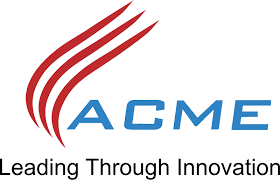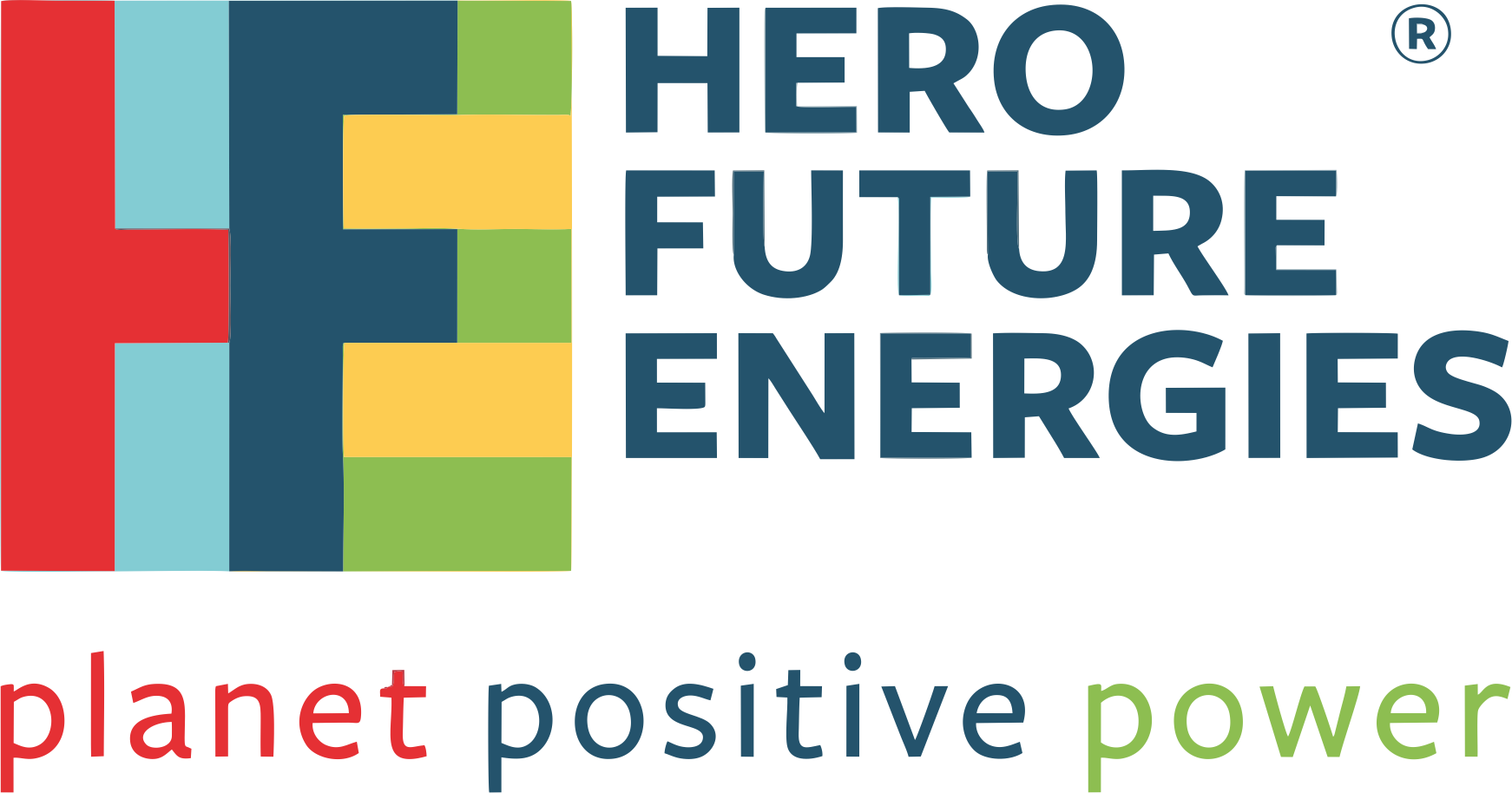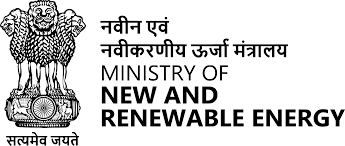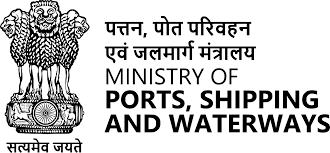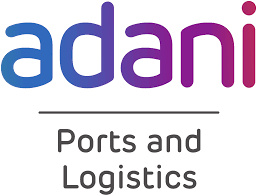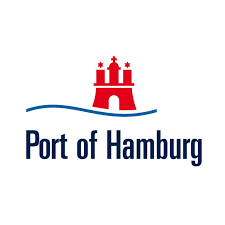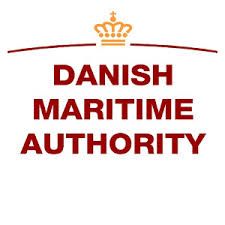
About Green Ports and Shipping Network
Shipping powers over 80% of global trade, moving more than 11 billion tonnes of cargo annually, but also emits close to 1 billion tonnes of CO2 — around 3% of total global emissions.
Globally, the maritime sector is expected to consume over 300 million tonnes of fossil-based marine fuels annually by 2030 as global trade expands. With current policy trajectories signalling a 5–6% transition to greener fuels such as green ammonia and green methanol, this shift would require roughly 34–41 million tonnes of ammonia or 32–39 million tonnes of methanol each year (energy-equivalent to 5–6% of marine fuel use). This transition could avoid nearly 60–70 million tonnes of CO₂ emissions annually, underscoring how the maritime industry can become a leading example for deep industrial decarbonisation.
With over 250 GW of renewable-energy capacity, expanding to over 500 GW by 2030, complemented by a robust national grid and some of the world’s lowest renewable power costs — roughly ₹ 2–2.5 per kWh (≈ USD 0.024–0.030) — India is ideally positioned to produce affordable, sustainable green fuels to decarbonize the maritime sector. Recent SECI green-ammonia and refinery-linked green-hydrogen tenders have validated both India’s cost competitiveness and technological maturity for green fuels.
India’s National Green Hydrogen Mission (NGHM) — targeting 5 MTPA of green hydrogen production by 2030 — is closely aligned with global maritime decarbonisation pathways. Complementing this are the Harit Sagar Green Port Guidelines (2023), the Maritime India Vision 2047, and the policy roadmap for green bunkering infrastructure, collectively providing a strong foundation for low-carbon ports, green-fuel corridors, and zero-emission logistics chains.
With over 6,000 km coastline, vast renewable potential, and cohesive policy direction, India can make a significant contribution to global decarbonisation efforts by scaling green-fuel production, port electrification, and bunkering infrastructure,
GH2 India, through its Green Ports and Shipping Network (GPSN) programme, will bridge the critical gaps in this transition & strengthen the ongoing efforts — integrating policy, technology, finance, and global expertise to enable the maritime ecosystem to evolve into a fully decarbonised, future-ready sector.

Objectives of GPSN
Policy Alignment &
Global Integration
Collaboration, Capacity &
Knowledge Development
Green Infrastructure &
Market Development
We envision India emerging as a global hub for green hydrogen—an environment where advanced technologies, equitable market structures, and supportive policies converge to enable widespread adoption and export of green hydrogen solutions. Our goal is to help position India as a front-runner in delivering cost-competitive green hydrogen to domestic and international markets, thereby strengthening energy security, uplifting communities, and contributing meaningfully to the global pursuit of net-zero emissions.
Programme Components
Stakeholder Engagement and Network Building
Policy Advocacy & Government Support
Pilot Projects and Feasibility Studies
Capacity Building and Knowledge Dissemination
Monitoring and Evaluation
We envision India emerging as a global hub for green hydrogen—an environment where advanced technologies, equitable market structures, and supportive policies converge to enable widespread adoption and export of green hydrogen solutions. Our goal is to help position India as a front-runner in delivering cost-competitive green hydrogen to domestic and international markets, thereby strengthening energy security, uplifting communities, and contributing meaningfully to the global pursuit of net-zero emissions.
Expected Outcomes
- Accelerated Decarbonization of Ports and Shipping :Tangible reductions in GHG emissions through the adoption of green hydrogen and ammonia in port operations, bunkering, and vessel propulsion.
- Strengthened Policy and Regulatory Frameworks: Enhanced clarity on standards, certifications, and incentives for green fuel production, distribution, and usage in maritime logistics.
- Increased Private and Public Investments: Mobilization of new capital inflows into green port infrastructure and hydrogen-based fuels, driven by policy advocacy and innovative financing models.
- Improved Technical Expertise: Availability of a skilled workforce proficient in managing and operating green hydrogen and ammonia technologies, fostering local innovation.














